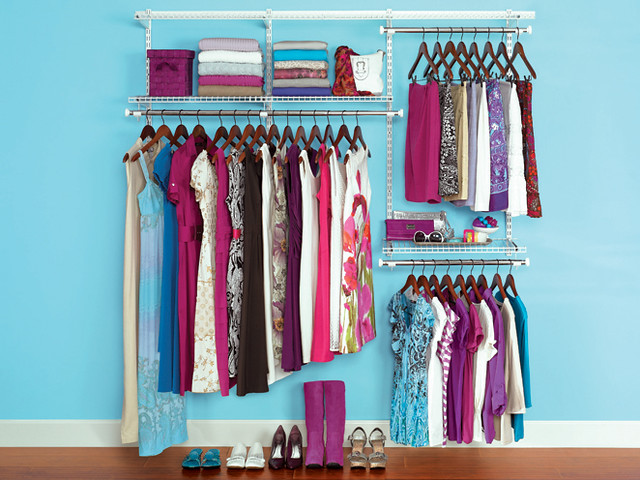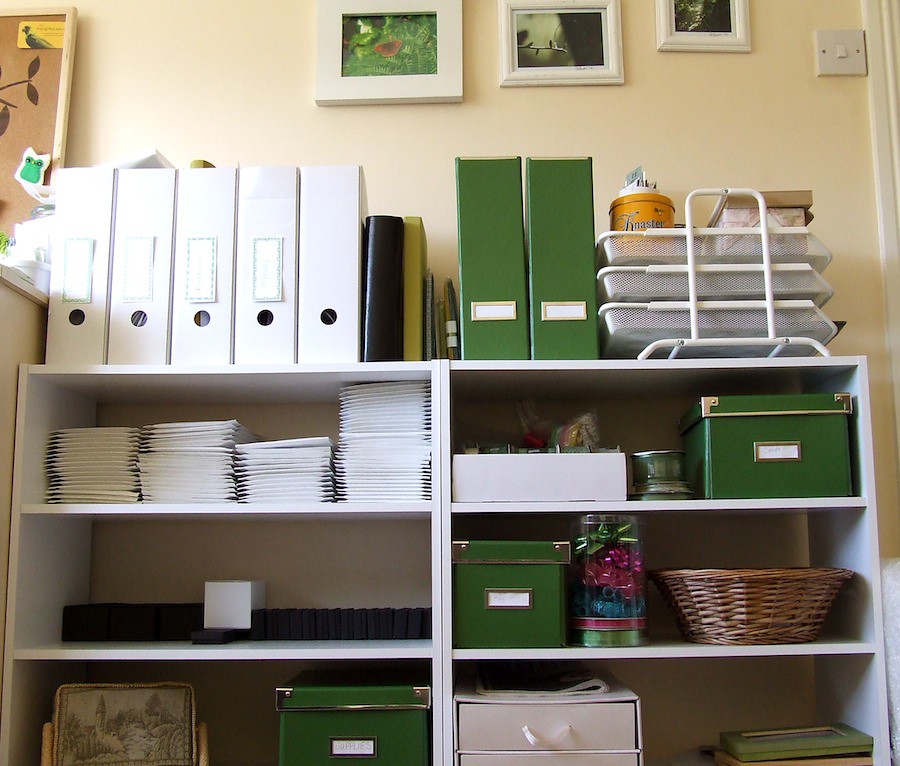By Lisa Linard, Professional Organizer
Moving into a new home comes with plenty of opportunities to start anew. You get to decorate in a new color scheme. You can make new friends in your neighborhood. You can explore new coffee shops and restaurants and find new favorites.
It also presents the opportunity to leave behind everything that wasn’t working for you and create new and improved “ways of working” in your new environment.
SO EXCITING!
Everyone wants to lead a frictionless, unencumbered life. We want to be able to get out the door quickly in the morning, find things when we need them, and spend our evenings relaxing with the people and things we enjoy.
Before you move, think about the struggles you have in your current house. Do you:
- Waste minutes every day looking for your keys?
- Have a hard time putting together outfits in the morning?
- Find cooking dinner overly complicated and time-consuming?
Ponder over why these things don’t work for you. Do you drop your keys in a different place every day when you get home from work? Are your camisoles mixed in with your sweaters? Do you have to walk back and forth across the kitchen a hundred times?
Now think about what you do like about how things work in your current house. Do you…
- Locate the book you want with ease?
- Find doing laundry a Zen experience?
- Pride yourself on being able to pack for the beach in 5 minutes flat?
Figure out why those things are easy for you. Chances are they follow the three core tenets of organizing.
1. Everything should have a home
Are you one of those people who yells: “Where are my keys?!” every day…sometimes more than once?
Where do you look for them? In your car? Between the couch cushions? On your nightstand? In the laundry basket? How much time do you spend looking for them?

What if you had a designated spot where you put your keys when you walked in the door, and you knew that’s where they’d always be? How would that improve your life?
Also known as “a place for everything and everything in its place,” the first principle of organizing is “everything should have a home.” Once everything has a home, the first place you (and your roommates and your kids and your partner) will look for that item will also be the last. Can you imagine that?
Some items might have multiple logical homes because you use them for multiple tasks. For example, I use scissors for opening Amazon boxes (more days than I care to admit!) cutting tags off new clothes, wrapping gifts, sewing, and other tasks.
Instead of moving one pair of scissors around the house on a daily basis, I’ve chosen to buy multiple pairs of scissors and keep one in the kitchen, one in my bedroom, one with the wrapping paper, and one in my sewing box.
While it may seem silly to spend money on four pairs of scissors, it’s sillier to me to spend my precious time and energy running around the house fetching scissors every time I need them. It feels so good to just reach out and put my hand on a pair when I need them.
Creating a home for every item makes you more efficient and lets you control your belongings rather than your belongings control you.
2. Like should live with like
In addition to giving items homes by task, it’s good practice to house similar items together.
Imagine you tell your friend you’ll bring a fruit salad to his cookout. You make a shopping list and head to the grocery store. When you get there, you realize that the different fruits are housed in different places in the store.
Pineapples are in aisle 9 nestled between the seltzer and the taco shells. Blueberries are on the end cap of aisle 5. Mangoes are next to the Snickers bars at the cash register.
How long would it take for you to get out of the grocery store? And how would you feel? Frustrated? Frazzled? Anxious?
There’s a reason the “produce section” exists. It’s not just because you might want to use multiple fruits in one salad, it’s because our brains are wired for categorization and the produce section is a category that makes sense to most people.
What’s interesting about these categorizations is that while some (like the produce section) seem to be obvious and are commonly accepted, others are unique to the individual based on personal experience or preference or environment.
For example, someone who lives in New England might group their clothes by season. They have no need to reach for shorts in the winter or a down coat in the summer, so they might hang their clothes by season or even pack off-season clothes away.
But someone who lives in San Diego might group their clothes by color; because they don’t have to differentiate between different types of clothes… they can wear any of their clothes any time of the year.
You can also create groupings within groupings. For example:
Summer clothes

- Sleeveless shirts
- Dressy
- Casual
- Blouses
- Red
- White
- Blue
Winter clothes
- Tops
- For work
- Sweaters
- Blouses
- For weekends
- Sweatshirts
- For work
-
- For skiing
- Base layers
- Top layers
- For skiing
You might already be doing this in some way without even realizing it because it’s how our brains are wired. If not, here’s your opportunity. Because it’s your stuff and your house, you get to create whatever groupings work for you.
3. Zones should be created for tasks

Another angle on homes and groupings, zones, make sure you have everything you need to complete a routine or a task in one place. Think about some routines and tasks you do on a regular basis and some that you do less than once a month.
Regular routines tend to be the ones that slow you down and make it challenging to get out of the house or move on to the next thing on your to-do list: making the kids’ lunches for school, paying bills, doing laundry, getting dressed for work.
Other routines and tasks are done so infrequently that you have to rack your brain to remember where all of the tools for completing that task are….every single time. These might be things like packing to go camping, installing a new light fixture, or polishing your shoes.
Pick out a few routines and tasks that are on opposite ends of this spectrum and ask yourself:
- Where do I perform this routine or task the most?
- Why is it such a pain to do it in my current home? (Or why is it so easy?)
- What items do I need to complete the task and what’s the best way to store them?
Next, think about where you are most likely to perform each routine or task in your new home, and create a zone for each one.
- If you have a nice big table where you can wrap gifts, gather the wrapping paper, ribbons, tape, and scissors and keep them in a bag or box somewhere near the table.
- Think about where you would like to pay your bills, and find a box or bin to house pens, envelopes, a calculator, address labels, and stamps. If you pay some of your bills online (good for you!) set up your bill paying station near your computer.
- In the kitchen, choose one cabinet where you’ll keep everything you need for making school lunches: a cutting board, lunch boxes, thermoses, sandwich bags. If you like to put notes in the lunch boxes, keep a notepad and pen there, too. Ideally the lunch-making zone will be close to the snacks and fridge.
See where I’m going here?
In order for zones to work well, you have to put the items back in their home when you’re done. But since everything will be in the same place, that shouldn’t be too hard.
Create some zones in your new home and try them out. If they’re not working for you, tweak or move them until they feel right.
Less friction, more ease.
The beauty of these principles is that, when followed, they make life less frustrating for everyone in your house, which ultimately makes your life easier.
Instead of your daughter asking you where her softball glove is, she’ll know that it’s in the garage near the bats and balls (in its home, with like items, near where it’s used the most). Not in the trunk of the car, not under her bed, not in the back yard. And when you tell her to put her glove away after the game, she’ll know exactly where to put it so she can find it for the next game. (Getting her to actually put it there is a blog post for another time!)
Apply these three principles in your new house and I guarantee you’ll enjoy a life with less friction, more ease and more time to enjoy what really matters…life!

By Lisa Linard, Professional Organizer


Sorry, the comment form is closed at this time.